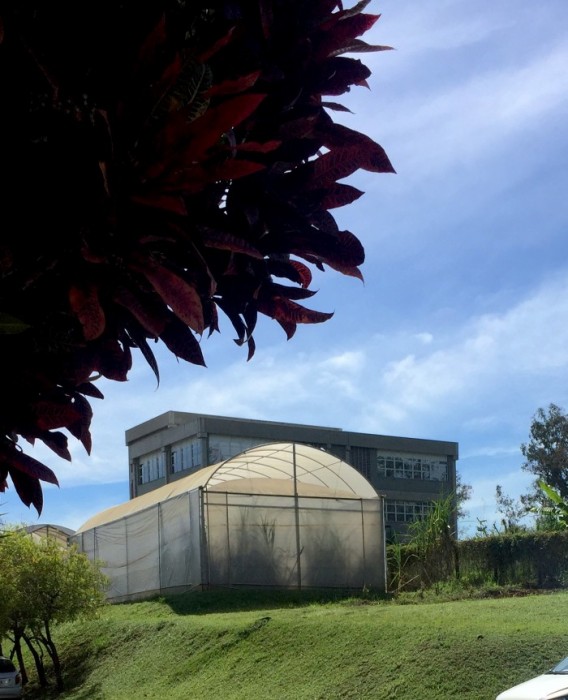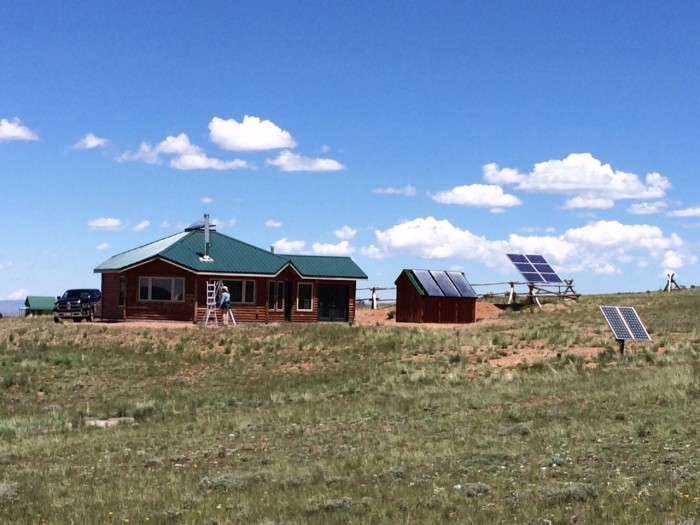Oblivious, or maybe not, to a warming planet and intense global discourse around renewable bioeconomy futures, a tiny sugar molecule one day is synthesized and then makes its way into a cell wall of a sugarcane plant in the southern region of Brazil. This is not the type of sugar that would be found on the kitchen table. The molecule remains there for the life of the plant, offering fibrous structural support for the towering stalks as they grow up to five meters tall. This sugar compound is called cellulose and is found in all plants and several types of microbes. It is the earth’s most abundant biopolymer made on land and its largest carbon reservoir (Li et al. 2014). While not on the kitchen table per se, cellulose is likely in it (if the table is wooden).
Read More “Some Chemical and More-Than-Human Transformations of Sugar/Energy”

